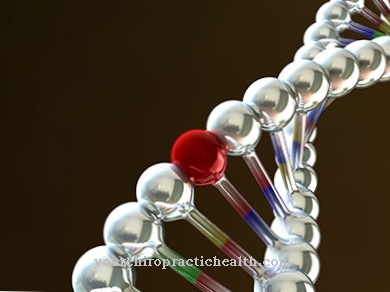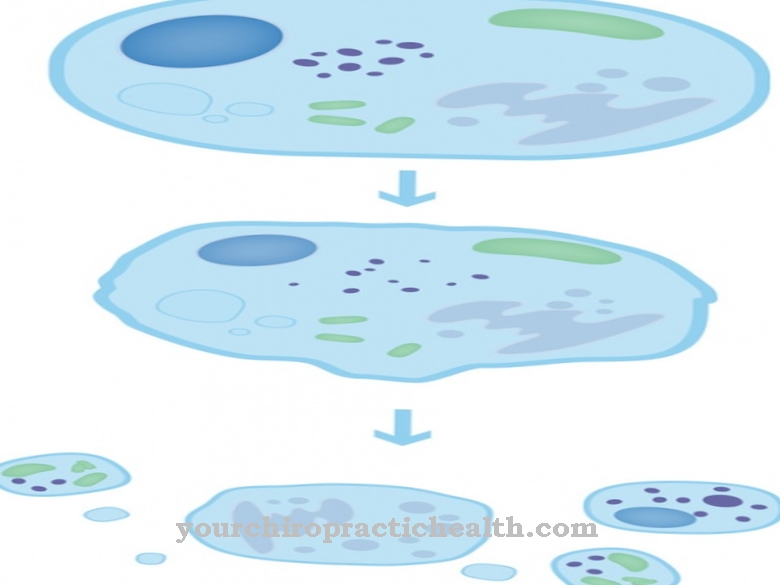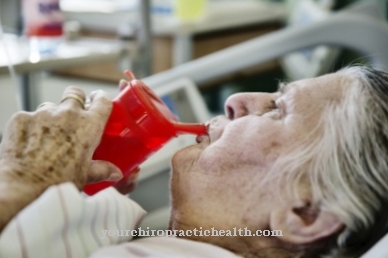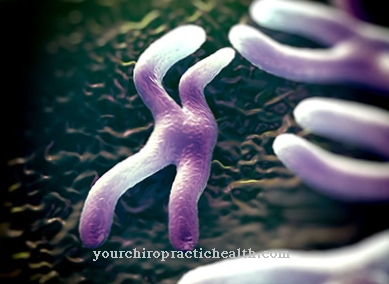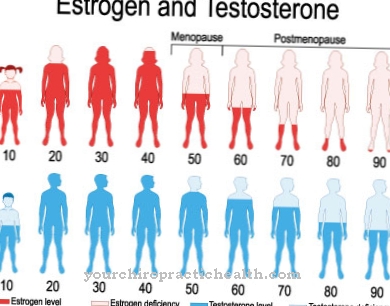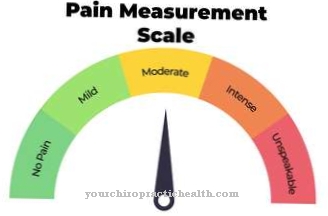Of the sense of touch is made up of the feedback from several different sensors in the skin, which are linked and evaluated by the brain and are available to us as tactile perception. This can relate to a perception of being touched passively or touching actively.
In a broader sense, the perception of pain and temperature also belong to tactile perception and thus to the sense of touch. The preoccupation with the sense of touch and all related topics can be classified under the term haptics. However, some authors use the term haptics only for active touch and the term tactile only in the sense of being touched.
What is the sense of touch?

The sense of touch affects all tactile perceptions and is made up of the feedback from various mechanoreceptors in the skin and mucous membranes.
Among the mechanoreceptors that respond mainly to pressure and vibration, there are slowly adapting and fast adapting sensors. The slowly adapting receptors have the advantage that they z. B. Sensing pressure over a longer period of time - as long as the mechanical stimulus persists - can report back, while the rapidly adapting receptors can only report back at the beginning and at the end of a mechanical load, i.e. only when the mechanical stimulus changes.
In a broader sense, temperature and pain perception are also part of tactile perception and thus sensors such as nociceptors for pain reports and thermoreceptors for temperature perception.
Most mechanoreceptors are equipped with special sensor heads which, with the exception of the Vater-Pacini probes, protrude into the middle layer of the skin, the dermis or dermis. Thermoreceptors and nociceptors do not have special sensor heads, but only branched nerve endings in the dermis.
The distribution of the individual sensors on the skin is very different. The greatest density of receptors is reached on the fingertips (fingertips), the tip of the tongue, the lips and under the soles of the feet.
Function & task
The sense of touch is very important to "grasp" the immediate environment. The most important primary task is to warn of direct hazards and risk of injury that can arise from spines and thorns or from dangerously hot or cold temperatures.
Another important task is to obtain information about the nature of objects. The interaction of the different mechanoreceptors creates a realistic picture of the immediate environment.
The Vater-Pacinischen probes are counted among the rapidly adapting sensors. They transmit large areas of contact, pressure and vibrations only at the beginning and then only again after a change in the contact or the pressure. B. the so-called Merkel cells work on a smaller scale, but send sustainable signals. They are counted among the slowly adapting sensors and are therefore able to continuously report the sensed touch or pressure with a certain repetition frequency as long as the pressure or contact situation does not change.
In part, the mechanoreceptors also serve supporting proprioceptive purposes, i.e. the determination of the body position in space. For example, receptors in the soles of the feet support the upright position by immediately reporting pressure point hikes in the foot to the brain by shifting the center of gravity as a result of swaying. The brain can carry out corrective movements with unconscious counter-reactions in the form of targeted muscle tension so that falling over is avoided.
In addition to the purely technical component of exploring the nature of certain objects or averting danger, the sense of touch also has an often underestimated function of social interaction. Touching or feeling inanimate objects can already influence the mood at the moment. Picking up an object that is "flattering" is positive, even though the object does not interact directly with the person touching it.
The psyche can react all the more strongly to touching another person. In order to meet the need for mutual contact on the one hand and possible misinterpretations on the other hand, practically all societies have developed ritual body contacts that are accepted by members of society. This also includes shaking hands during a personal greeting.
The entire communication potential that is hidden behind interactive body contact only reveals itself with friendly and exclusive-intimate contact. Touch stimuli by caressing can be conducted from the brain into the limbic system, which stimulates the synthesis of the "happiness hormone" oxytocin in the hypothalamus and the concentration of stress hormones such as cortisol decreases. At the same time, the social bond is strengthened.
Illnesses & ailments
Diseases that directly affect a few of the thousands of receptors of the sense of touch and lead to regionally limited impairments or failures of the sense of touch are rather rare. Much more common are diseases and impairments that result from problems with neuronal stimulus transmission or with stimulus processing in certain areas of the brain.
Symptoms and complaints that can occur are primarily an impairment of the tactile sensations up to a feeling of numbness. There may also be perceptual disorders or a tingling sensation or "pins and needles".
There are numerous diseases that, among other things, lead to disorders of the sense of touch in luggage. It is almost always secondary damage that affects the affected nerves as a result of reduced oxygen supply.
In some cases, the insufficient supply can also be triggered by mechanical problems such as a herniated disc or narrowing of certain bone channels for the nerves (e.g. carpal tunnel syndrome).
Since the skin sensors react particularly sensitively to impairment of the nervous conduction, the symptoms can also serve as early indicators of a possibly developing polyneuritis, a systemic damage to several nerves.

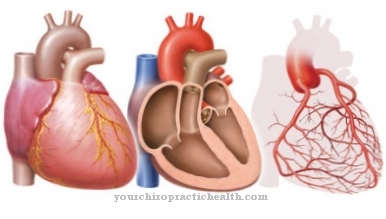



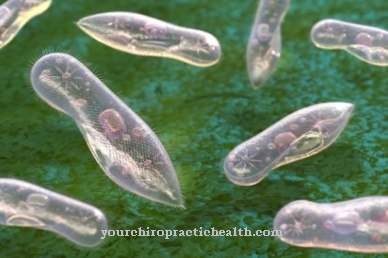


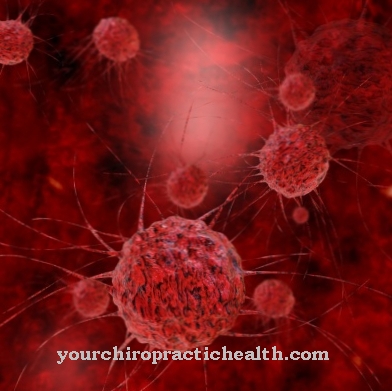



.jpg)
